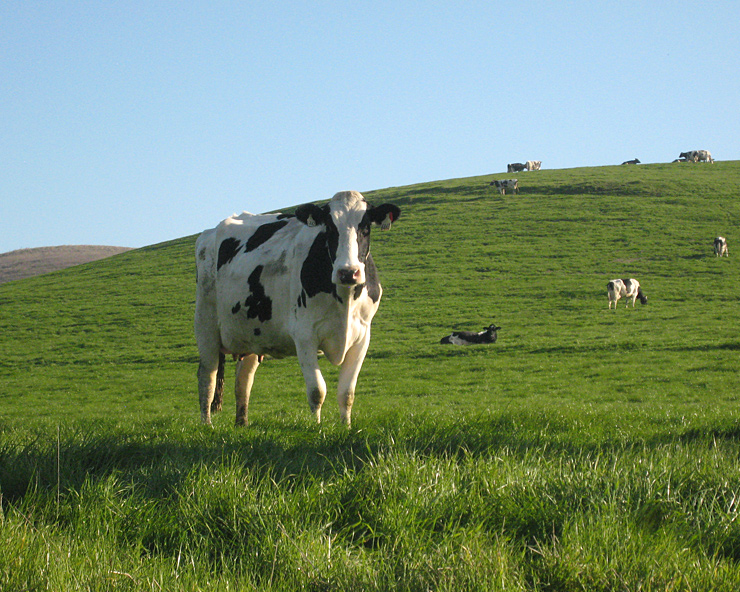Every organic or alternative farm at one time or another experiences animal death losses. Knowing what to do with the body to prevent disease spread will help protect other animals and people on your farm. Proper disposal is also critical in protecting air and water quality.
Methods of disposal
There are several different ways to dispose of animal carcasses. State and local rules and the animal’s cause of death must be considered. Disposal options will vary depending on the type of animal, the number of animals that have died, the local environment, and the type of disease. Burial, burning, composting, landfill or rendering are all options for disposal. Animals that were euthanized using drugs may need to be treated differently than animals that died naturally on the farm. Drugs used for euthanasia can harm the environment or kill animals that scavenge on carcasses. For this reason, it is a good idea to have a plan that includes different disposal options.
Finding what works best for you
Depending on where you live, the season may affect how you deal with dead animals. If you usually use burial, but it’s January in northern Iowa, you will need a plan B. We suggest working with your local veterinarian or extension agent to create a plan with several options for disposal. A simple google search can provide a great starting point when beginning to make your carcass disposal plan. In the search engine of your choice, enter “proper livestock carcass disposal in [your state]” to find helpful guides specific to your area.
Burial is an option if you can dig a hole deep enough to cover the carcass. However, burial is not allowed in all states, so check your local regulations. If you can transport the carcass from your farm, a landfill is another acceptable means of disposal. Composting, when done correctly, reduces disease spread and can be very cost-effective.
Rendering companies in your area may be able to come to your farm and pick up your animal for disposal. The animals are then processed into meat, bone meal, fat, and tallow. If you have your animals rendered, place carcasses at the edge of your farm property. It’s best not to allow rendering trucks to enter your farm. Rendering trucks visit other farms that may carry disease. Remember that rendering is not an option for animals that were euthanized with barbiturates.
Lastly, incineration facilities may be available in your area. The high heat can kill pathogens and prevent spread to other animals or the environment.
Have a backup plan
If you can’t immediately dispose of an animal, make sure to have a plan for short-term storage. This may be a type of cold storage, some type of enclosure, or simply an area away from other animals. Depending on your farm’s location, you may need to consider public perception and how the storage site might look and smell. Stored carcasses often draw in both wild and domestic scavengers. Remember that scavengers can carry disease and spread it around your farm or to other farms in the area.
More things to consider
If you need to use equipment to move dead animals on your farm, make sure to thoroughly clean and disinfect it between uses. This also applies if you are moving dead animals to a disposal site off of your farm. By cleaning the equipment, you prevent disease spread.
Figuring out the best way to dispose of animals that have died on your farm or ranch takes some planning. For more information, check out the resources below.
For more information:
Mortality Management. Healthy Farms Healthy Agriculture.
Carcass Disposal Overview. Center for Food Security and Public Health, Iowa State University.
Carcass Management Dashboard. USDA. U.S. Department of Agriculture (USDA) Animal and Plant Health Inspection Service.

